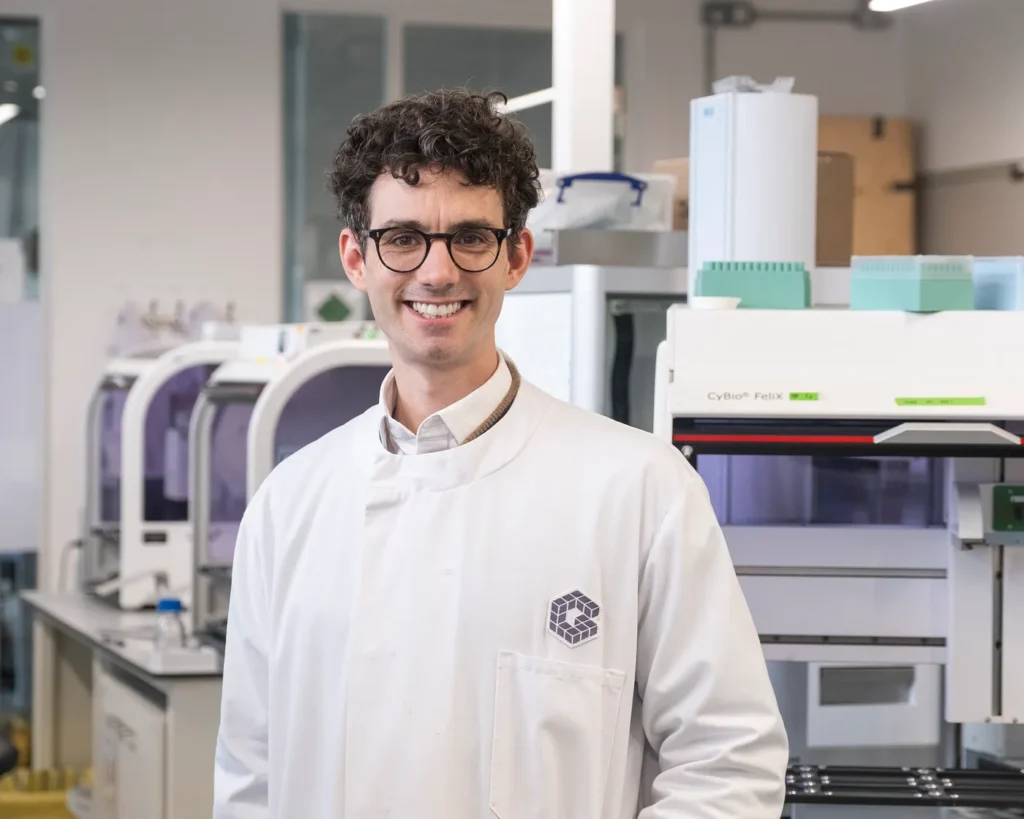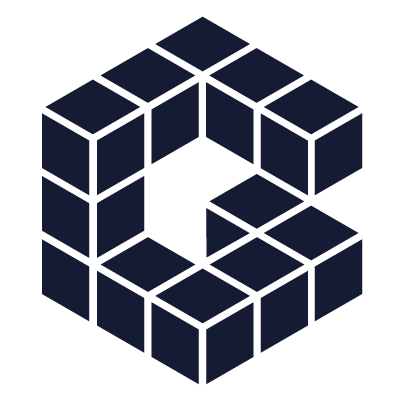Today, we announce LabGenius’ £35 million Series B. With this capital, we’ll be doubling down on our antibody discovery platform and therapeutic pipeline, but the benefits of the round go well beyond the cash.
This Series B has provided an opportunity to bring on board some of the world’s most experienced financial and strategic investors. I’m grateful for their backing and confident that, alongside our existing investors, their support will significantly strengthen the business.
In this post, I want to share my personal perspective on why it’s imperative that we develop radically new ways to push the boundaries of scientific innovation and why I believe that the LabGenius team’s work will prove to be an endeavour of great consequence.
Reinventing the scientific discovery process
Our species’ success can be attributed to the capacity that we have to hypothesise and invent. But even this superpower has its limits. Concretely, hypothesis-driven innovation requires an inventor to understand the intricacies of the system with which they’re working. Now, here’s the rub. There are many fields in which hypothesis-driven innovation performs poorly because the human brain simply isn’t wired to grapple with the complexity or dynamics of the underlying system. Protein engineering is one such domain.
When it comes to the discovery of new therapeutic proteins, our in-built capacity for deep understanding, intuition and invention can at best be described as ‘limited’.
This matters. In fact, it matters a lot.
Proteins are the nano-scale actuators of life. They drive almost every cellular process in our bodies and unless we become significantly better at engineering them, we’ll continue to see costly clinical failures and suffer sub-optimal patient outcomes.
To find the protein therapeutics that will give us longer and healthier lives, we need to first break through the ‘cognition barrier’ presented by hypothesis-driven innovation. To do this, we must develop new forms of innovation that do not require a human to understand the underlying system.
I founded LabGenius with the conviction that the future of scientific innovation will be shaped by smart robotic platforms capable of autonomously discovering new knowledge, technologies, and sophisticated real-world products.
At the time, this worldview was considered by many as bordering on heretical but over the intervening period, it’s become clear that this future is all but inevitable.
Over several years, the LabGenius team has built and refined EVA™ — a closed-loop ML-driven robotic system capable of generating hypotheses, testing them in the lab and then using the resulting data to iteratively refine its understanding of how a protein’s design determines its performance.
The beauty of this approach is that it allows you to massively open up the area of design space that can be searched. With many more shots on goal, protein engineers can be empowered to take more risks, explore designs that go beyond our intuition and challenge our biases to the limit.
Through both internal (ref) and partnered programs (ref), we’ve seen firsthand the power of this approach and its ability to consistently deliver high-performing molecules with non-intuitive designs.
But when it comes to what’s theoretically possible for antibodies, we’re barely scratching the surface.
Antibodies and|are robots
Since the advent of the first industrial robot, Unimate, in the 1950s, engineers have produced increasingly complex integrated systems capable of sensing, processing and actuation.
Within the world of antibody engineering, the arc of innovation is showing every sign that it will track a similar trajectory.
Indeed, attend any antibody engineering conference today and you’ll be hard-pressed not to hear terms like ‘AND gate’, ‘OR gate’ and ‘conditional activation’.
This feels somewhat fitting given that Čapek, who coined the term ‘robot’, intended the word to describe chemically synthesised biological machines and was appalled by the popularisation of the term to describe “plate-metal dummies stuffed with cogwheels” (ref).
This trend of antibody complexification is seen most clearly through the steady rise of multispecifics. These antibodies combine several binding units into a single molecule and when designed well, they are capable of orchestrating exquisitely complex biology.
The engineering of new multispecific antibodies is however non-trivial. This is because proteins are flexible dynamic structures and a molecule’s constituent parts are rarely insulated from one another. Tiny, seemingly innocuous, changes to a multispecific antibody’s design often result in large and unpredictable changes to the molecule’s ability to function within the context of a complex biological system.
To grapple with this complexity, LabGenius’ smart robotic platform uses a form of active learning, called Multi-Objective Bayesian Optimization (MOBO), to navigate antibody design space efficiently and find high-performing molecules that are co-optimised for both function and developability.
What’s so powerful about this approach is that it provides a systematic methodology for reliably identifying diverse panels of high-performing multispecific antibodies. For example, in the context of our internal pipeline, we’ve demonstrated how this approach enables the efficient co-optimisation of T-cell engagers for best-in-class killing selectivity, potency, efficacy and developability.
Delivering therapeutic impact through our pipeline
Solid tumours account for 90% of newly diagnosed cancer cases, but few drugs produce durable therapeutic benefits in patients.
Targeted therapies like immune cell engagers and ADCs have significant potential in this space but clinical success has been limited because many of these molecules struggle to differentiate between healthy and diseased cells expressing the same surface markers.
This issue, which is termed on-target off-tumour toxicity, remains a significant issue for many of the targeted antibody therapeutics in development.
For our internal pipeline, we’ve been tackling the challenge of on-target, off-tumour toxicity using an avidity-driven selectivity strategy.
The avidity-driven selectivity strategy is mechanistically intuitive but co-optimising molecules for killing selectivity, in conjunction with potency, efficacy and developability is a real challenge for conventional antibody engineering approaches.
Through the application of active learning, we have successfully demonstrated the ability to improve the killing selectivity of a solid tumour-targeted T-cell engager to a level that is 400 times greater than the corresponding clinical benchmark (ref). Furthermore, we’ve shown that the process yields diverse panels of high-performing T-cell engagers with non-intuitive designs.
The proceeds from this Series B financing will enable us to both build on these capabilities and progress our pipeline of highly selective multispecifics towards the clinic.
A final thought
Yes, this is a moment to think about the future of LabGenius but it’s also a time to recognise the hard work of team members past and present and the role that they have played in getting us to this important milestone. The resolve and resourcefulness that the LabGenius team has shown in the face of every obstacle has been a constant source of inspiration and it’s my rock-solid belief in them that makes me excited for what we can achieve in the years ahead.

